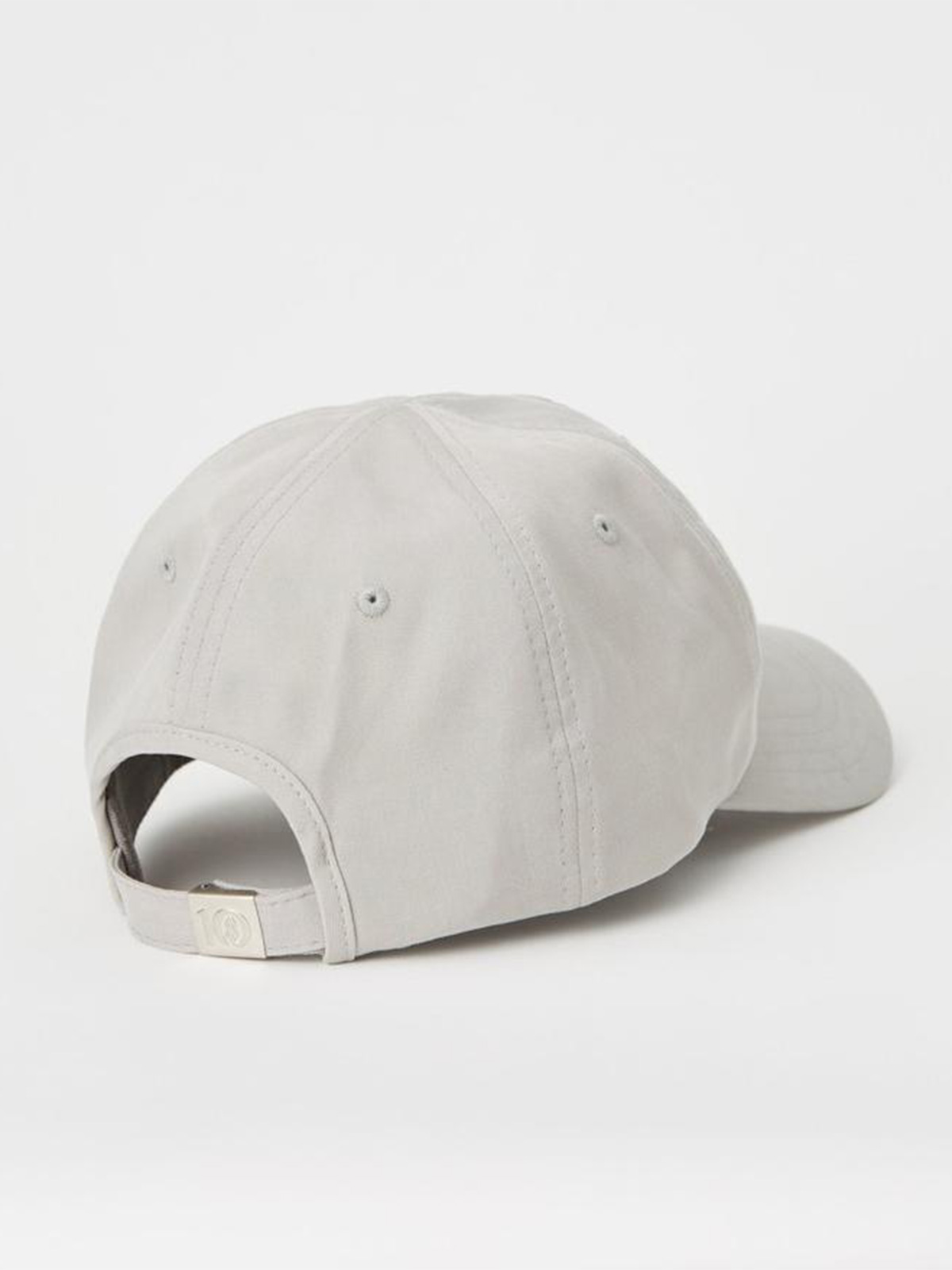New documentary SLAY explores the use of animal skins in fashion and their impacts on people, the planet, and of course, the animals themselves.
The reality of animal skins in fashion
Is it acceptable to kill animals for fashion? This is the question a new feature-length documentary asks the fashion industry, and all of us who get dressed each day. Exploring the use of fur, leather, and wool, SLAY looks at some of the environmental and human impacts the industries behind these animal-based materials cause. It also hones in on the exploitation of animals themselves, something often excluded from conversations of sustainability and ethics in fashion.
“We must reconcile ethics and sustainability as one and indissociable,” says Rebecca Cappelli, the film’s director. “We cannot accept complex equations for a definition of sustainability that omits the ethical treatment of living beings—humans and our fellow animals.”
We must reconcile ethics and sustainability as one and indissociable.
Rebecca Cappelli – SLAY's director
In other words, we cannot sustain injustice any more than we can sustain environmental degradation. That’s why at Collective Fashion Justice I coined the term “total ethics fashion”, prioritising the lives of all animals; humans and non-humans, as well as the planet, before profit. It’s also why this film—which I worked researching and part line-producing amongst a team of others—is so important.
“What should I wear instead?”
In a move beyond fur, leather, and wool, what should you wear? Of course, the most sustainable thing we can do is wear and care for the clothes we already have and shop pre-loved first.
But what about when you need to buy something new? Asking “what can I wear instead?” to the brands we love encourages them to think innovatively, and to move forward beyond animal skins and towards more ethical and sustainable materials. SLAY’s campaign hashtag #WhatShouldIWearInstead is growing, supported by a number of organisations, including Fashion Revolution, which first asked #WhoMadeMyClothes.
Near the end of SLAY, John Lau, Dean of Academic Strategy at the London College of Fashion says, “Alternatives are going to be the actual choice in the future. At the moment they’re alternatives because we’re still experimenting, but one day that will replace the actual leather itself, the actual skin itself, because we have moved beyond that alternative title… it becomes the norm.” So why is it so important we have alternatives to fur, leather, and wool? And what are some of the best alternative choices?
Fur
Fur is the animal-derived material most commonly recognised as cruel and unjust. Today, 95% of fur comes from factory-farms where wild animals are confined to wire cages. As a result, animals like minks, foxes, and raccoon dogs show clear signs of psychological distress; continually nodding their heads for hours, pacing their cages, and even self-mutilating. The slaughter of these animals is no less disturbing, killed by gassing or electrocution for the sake of fur coats and keyrings which we can replicate without such cruelty.
As explored in SLAY, fur is also unsustainable. Labelled as “natural” by the industry marketing them, in reality, fur pelts processed for fashion are chemically treated with similar carcinogenic substances to those used in leather tanning, do not effectively biodegrade, and have a far more harmful climate impact than even non-ideal synthetic alternatives.
So what can we wear instead?
- Recycled faux furs made from post-consumer synthetics, even those recovered from the ocean
- Partly bio-based faux furs like KOBA, which are part plant-based, and part synthetic
- GACHA, claimed to be biodegradable faux fur
While not all alternatives to fur are perfect, it’s important we see innovation as a continual process, with each material creation a stepping stone to an even more sustainable solution.
Learn more about fur and fur alternatives
Leather
Despite common misconception, leather is a valuable co-product, not a by-product of the meat industry. Leather supply chain traceability is very poor, meaning issues of forced farm labour and painful mutilation practices facing cattle are often unknown to brands themselves.
Buying leather means financially supporting slaughterhouses which kill and skin sentient animals like cows, and it also means funding environmental degradation. Deforestation risks tied to leather are high, and this land inefficient material also has a massive climate and water footprint. Too, the environmental and human costs of leather intersect at tanneries, where dangerous machinery and chemicals alongside unsafe practices cause major health risks to workers, and environmental pollution which hurts local communities. Important to note too, the tanning of leather generally renders it unable to effectively biodegrade.
So what can we wear instead?
- MIRUM, a plastic-free, 100% bio-based leather alternative
- GRS certified recycled polyurethane, making use of waste
- Partly bio-based alternatives like Desserto, VEGEA, AppleSkin, and Piñatex
- Cork, a natural and sturdy alternative
- Washable paper, certified deforestation-free
As innovation continues, more sustainable alternatives like those made from mycelium will become more widely available, and wholly bio-based or recycled alternatives will become more common.
Learn more about leather and leather alternatives
Wool
Often mistaken as a cruelty-free material, wool production involves the routine and legal mutilation of lambs, and exists as part of a slaughter industry. Explored in SLAY, winter lambing practices which prioritise profit over the wellbeing of lambs are also cruel, with as many as 15 million newborn lambs dying shortly after their birth each year in Australia alone.
While regularly referred to as “natural” and “sustainable”, wool must be processed at a scour in order to be wearable, and this process is often highly polluting. When scouring effluent pollutes surrounding waterways, some substances commonly used can even feminise fish, devastating aquatic populations. Like leather, wool also has a high climate footprint, and requires large swathes of land to produce little fibre.
So what can we wear instead?
- TENCEL™ Lyocell
- More sustainable and fairly sourced cotton, like GOTS certified organic cotton
- Hemp
- Recycled plant-based materials like cotton
- Recycled synthetic materials (though washing them in a Guppyfriend bag is encouraged)
More innovation in the wool alternative space is needed, but these materials are great options, alongside the best options of caring for what you have and choosing pre-loved.
As Bandana Tewari, former Vogue India editor-at-large and sustainable fashion advocate notes in SLAY, “The responsibility lies with both consumers and brands”. We have the power not only to vote with our dollar but to use our collective voices to call for change.
You can watch SLAY for free on WaterBear—a ground-breaking streaming platform showcasing hundreds of award-winning documentaries as well as original content—spanning biodiversity, community, climate action, and sustainable fashion.



















